Theory of operation: op amp detects higher-than-reference voltage and triggers SCR, which remains in low-impedance state until current drops close to zero (hopefully by blowing the fuse).
Main motivation: sharp and precise over-voltage protection of 3.3V electronics downstream of a surge-protected power supply.
R1/R2 form a voltage divider. R3 biases the voltage reference (which will be a shunt reference voltage IC instead of a zener diode as shown). R4 pulls SCR gate to ground when op amp output is floating (during power up).
Is anything missing? Am I overlooking anything?




